
talk to you about what to see in Moratalla It supposes, first of all, a trip to the past. because this town Murcia houses, in its municipal area, the rock ensemble widest in the entire province. But it also has other attractions.
Nestled on a hill and dominated by the remains of its castle, Moratalla is a town with narrow, cobbled streets of medieval origin. This is one of the reasons why it has a wide heritage of religious and civil monuments. If you add some to it dreamy surroundings, you will have a complete picture of what to see in Moratalla. But let's dig into all of this.
Rock paintings of Moratalla
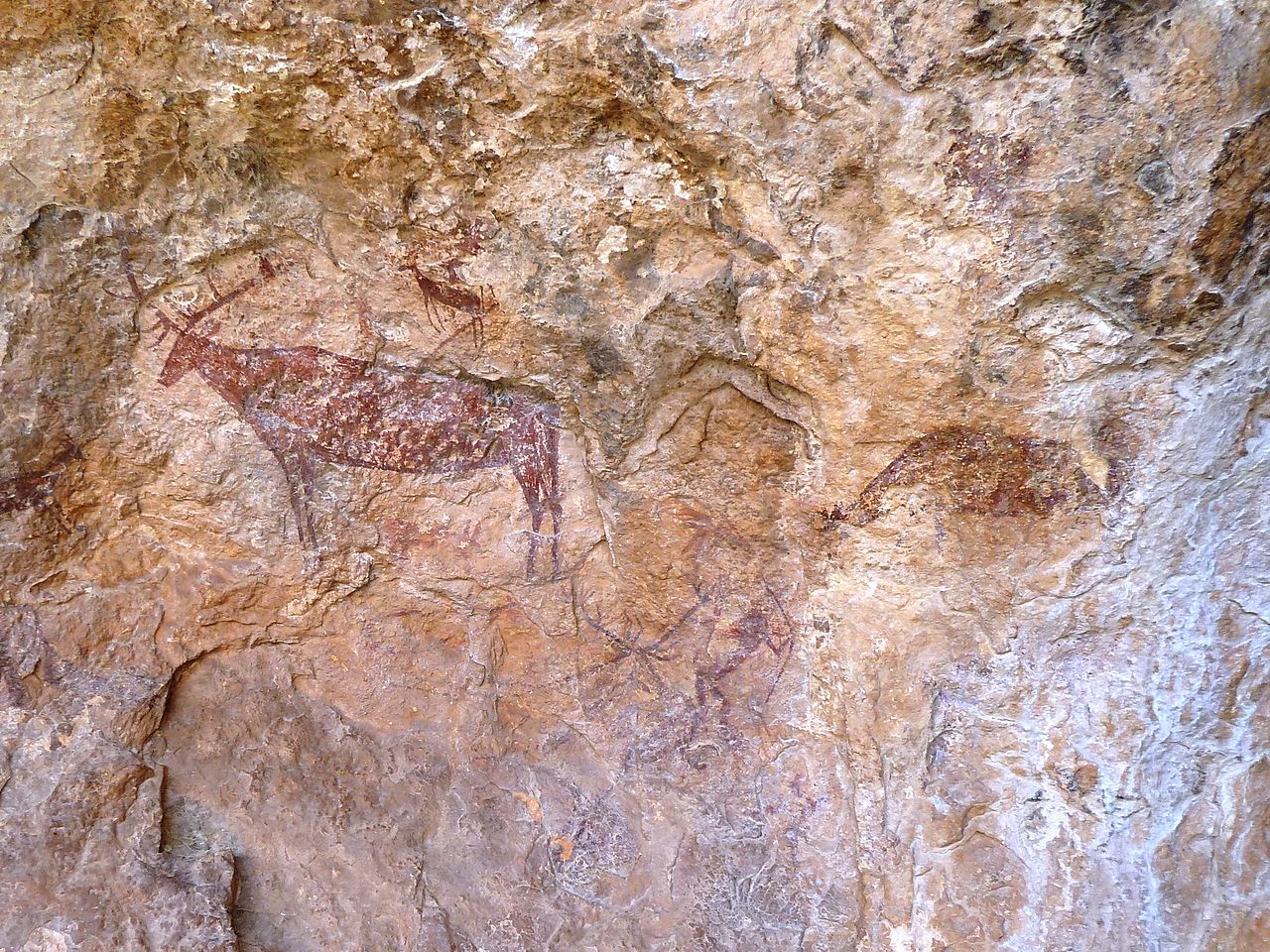
Cave paintings of Cañaica del Calar
As we have just told you, the set of cave paintings found in Moratalla is of enormous importance. In fact, it has been declared Heritage y Place of Exceptional Universal Value. These pictorial representations are found spread over thirty caves and cavities.
The first found are found in the so-called Cañaica del Calar, which was followed by those of sabuco fountain. Then would come the Corner of Pedro Gurullo, Risk or of Capel mill. All the paintings are framed within the so-called levantine art, dated ten thousand years ago, and from schematic art, dated six thousand five hundred ago.
In general terms, they represent hunting and gathering scenes, but also other more abstract ones of a belief type. Since a few years, you can visit the Casa de Cristo Rock Art Interpretation Center, where all this wonderful prehistoric heritage is explained and put into context. You will find this center about six kilometers from Moratalla.
But it is not the only thing you can see in the area from that time. You also have the Iberian town of The Mills, XNUMXth century BC; the Argaric tombs and the Chalcolithic walls of the Hill of Vipers, from III before Jesus Christ, and the so-called bajil dolmen.
The fortress castle of Moratalla

View of the castle fortress of Moratalla
Along with the above, the most characteristic thing to see in Moratalla is its castle fortress, whose origins date back to the XNUMXth century after Christ. However, the remains that you can see today, with the well-preserved tower of tribute They date from the XV, when the town was under the protection of the Order of Santiago.
This tower responds to Levantine military gothic style and is twenty-two meters tall. It also has three floors. In the main one is the weapons room and in the lower one a cistern. Finally, the highest stands out for its flared loopholes and the battlements that crown it. However, in its heyday, the building had five towers of which vestiges are preserved. They were the Redonda, the Blanca, the Quebrada, the Magdalena and the Cuatro Vientos.
You can visit the castle in small groups and accompanied by a guide. It is open from Wednesday to Sunday between 10.30:14 and 16:18. However, on Saturdays it is also visited between XNUMX and XNUMX hours.
The church of Nuestra Señora de la Asunción and other hermitages to see in Moratalla
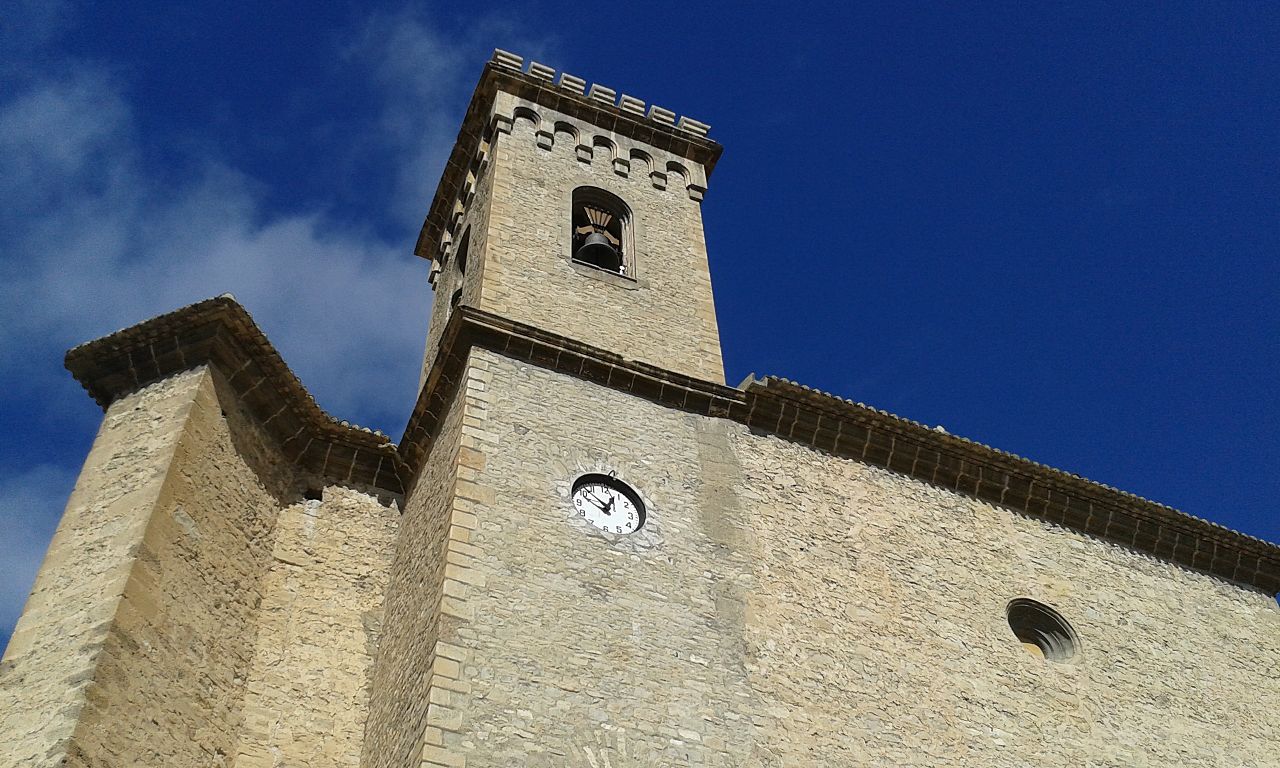
Church of Our Lady of the Assumption, essential among what to see in Moratalla
Another essential building to see in Moratalla is this temple of Renaissance style built in the XNUMXth century on a previous one. Although it was projected with a basilica plan, in the end, it was given more of a Latin cross. The main chapel also belongs to the initial plans, with its coffered arch due to the architect Francesco Florentino and its two large columns of the Ionic order with golden capitals.
On the other hand, the church is missing a part of the choir because the ecclesiastical authorities ordered the stoppage of the work. Likewise, the tower of the temple was erected already in the XNUMXth century, but for another reason. In this case, it was because the old one was in ruins.
Inside, the crashed nerves of the ceiling typical of the late Gothic and painted in gold. However, the pictorial decoration of the temple is also from the XNUMXth century. Likewise, within the church, the Chapel of the Christ of the Lightning, with its vault of gilt wood that supports cherubs, and the baroque sacristy.
On the other hand, you also have to see in Moratalla the hermitages of Santa Ana and Casa de Cristo. The first was built at the beginning of the XNUMXth century, although the one you can see today is the result of an XNUMXth century restoration. However, his features remain baroque. As for the of House of Christ, is also from the XNUMXth century and responds to the same architectural style, although with more popular touches. Inside, the image of Jesus Aparecido, patron saint of Moratalla. It is located six kilometers from the urban center and originally belonged to a Mercedarian convent of which only the arches of its cloister remain.
Likewise, this church forms a group with the Rock Art Center, which we have mentioned before, with a hostel and gastronomy area and other common spaces. To get there from Moratalla, you must take the road to St. John's Field. However, for now, the church remains closed.
Former Franciscan convent of San Sebastián and Virgen de la Rogativa sanctuary
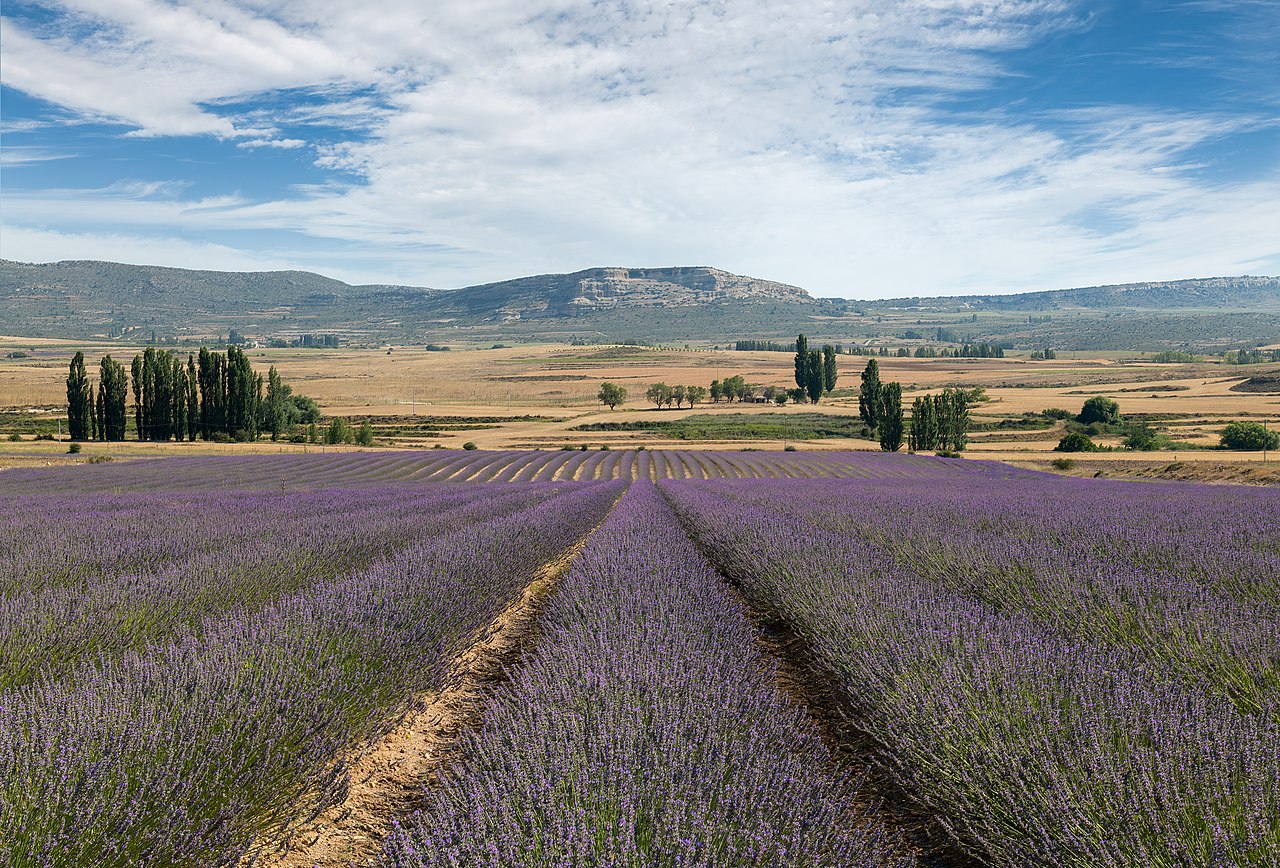
Lavender cultivation near Moratalla
The origins of the first one go back to the XNUMXth century, although the construction that you can see today is from the XNUMXth century and was later reformed. As a result, the façade responds to the style of the Murcian Baroque, but with a curious colonial influence. It is also decorated with geometric and plant motifs in colored jasper. And it is presided over by niches that house the images of San Francisco and San Sebastián.
As for the tower, it has four bodies in a decreasing shape. And the high choir has been dedicated by the City Council to an exhibition hall. In 1833 it suffered a serious fire as a result of which only parts of the old building remain.
Moreover, the Sanctuary of the Rogative It is located in a privileged natural setting, between the peaks of Revolcadores, Servalejo and Peña Jarota, about thousand two hundred meters high. The temple was built at the end of the XNUMXth century and combines renaissance and baroque styles.
Its edification is due to a precious legend that we do not resist telling you. He says that, in the year 1535, a farmer named Gines Martinez of Cuenca He threw a stone at a white dove that was spoiling his crops. At that moment, she transformed into the Virgin and, showing a wound on her forehead, she asked Ginés to build a hermitage in the place to pray for all sinners.
Town Hall, Hellín Bridge and Trieta Theater
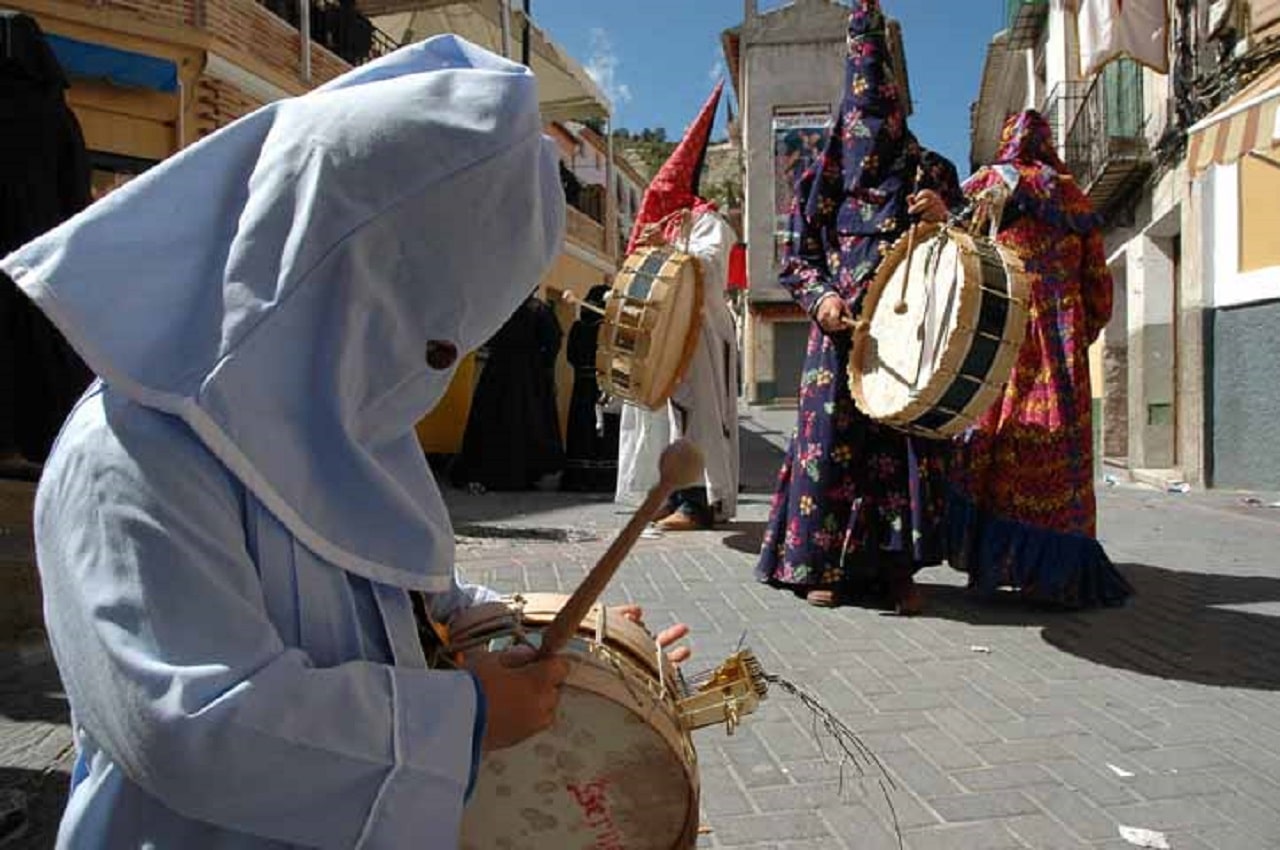
Detail of the Drum of Moratalla
Beginning with the latter, it is a bridge built in the XNUMXth century to save the Alhárabe river. As his own name indicates, Moratalla communicated with Hellin and has been recently restored. But now it only serves as a passage to the places of The Canadas and Orchard.
Regarding the building Town hall, was built in the XNUMXth century and responds to the canons of popular baroque. It is a building with a square plan and three floors. All its facades have a central part with a balcony and some of them oculi. As for the roof, it is hipped and is finished off in an equally square tower with windows.
Taken together, they attract attention sober forms. In fact, its main ornamentation are the shields of Moratalla and the region of Murcia that frame the balcony of the main façade. The City Hall is not the only manor house that you can see in the town. Within its old town you have several large houses with coats of arms or shields.
In turn, the trieta theater It was built at the beginning of the XNUMXth century on the garden called La Glorieta. It only seats about three hundred and fifty people, but it's a nice display of functional architecture.
What to see in Moratalla: the surroundings
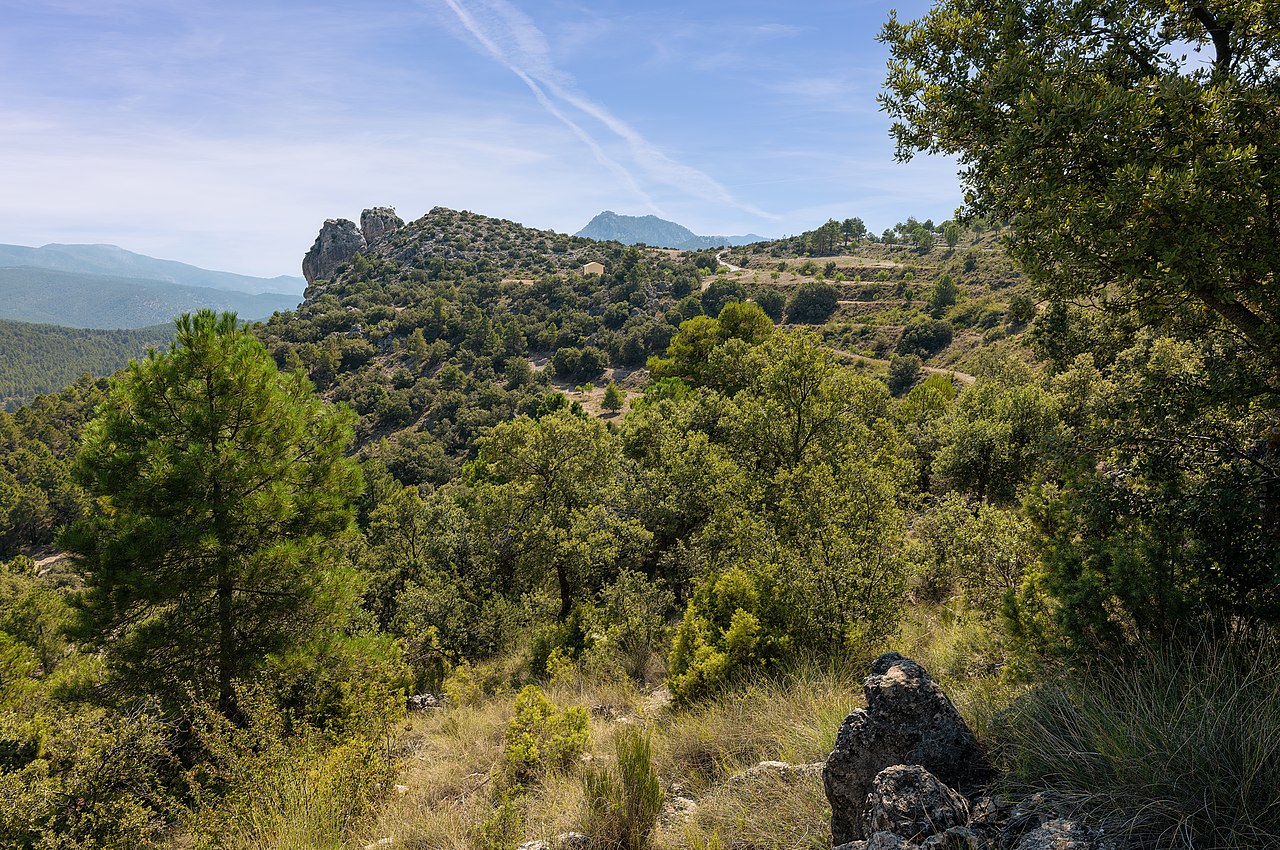
Landscape around Moratalla
On the other hand, if Moratalla is beautiful, its surroundings are even more so. We have already told you about the cave painting sites. But, in addition, you have natural spaces of great beauty that you can reach through hiking trails. Good example of this are the Somogil baths. It is a thermal pool whose waters emerge from the interior of the earth. You will find it in the surroundings of the precious valleys of the river Alhárabe and Arroyo de Hondares.
No less beautiful is the Sotos and Riberas de Cañaverosa Nature Reserve, which Moratalla shares with calasparra. It has an area of 225 hectares and includes the area where the Alhárabe flows into the river Segura. By the way, it also houses the Sanctuary of the Virgin of Hope, which is the patron saint of Calasparra. But, above all, it offers you wonderful landscapes.
Finally, on the way to the Iberian settlement of Los Molinicos, which we have already mentioned, you can take a bath in the Bolvonegro Strait. It is a singular and surprising space of pools surrounded by cliffs that contain fossils from an ancient marine past.
In conclusion, we have shown you what to see in Moratalla. Without a doubt, it is one of the most beautiful towns in the Murcia province, at the level of other jewels such as, for example, archena. We recommend that you visit it both for its monumental heritage and for its spectacular landscapes. And, if possible, do it during your eastern. Because on Thursday, Friday and Resurrection Sunday its famous Drumming, which has been declared Intangible Cultural Heritage of Humanity in 2018.